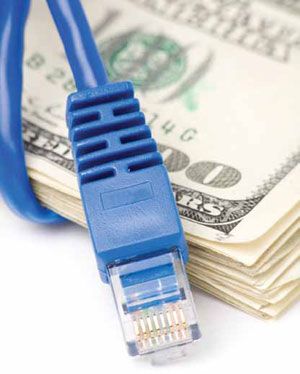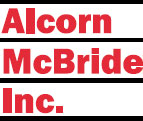Networked Media Helps Integrators Keep in Touch with Clients and Increase Sales
Quick Bio
COMPANY: Alcorn McBride
HEADQUARTERS: Orlando, FL
OBJECTIVE: The ethernet jack has become a gateway to building long-term client partnerships while deriving new revenues.

Everything seems to have an ethernet jack these days. The presence of networking on audio/video sources, lighting, and control devices presents new ways of interfacing with this equipment. In addition to simple connectivity methods, the ethernet connection presents an entirely new opportunity for integrators to add new services to their business and potentially deliver new sources of revenue.
Before network-connected media devices, an integrator’s involvement post installation was usually confined to warranty support. In other words, the installer would sit back and pray that hard drives wouldn’t crash, necessitating a trip to the installation site (and thereby eating into the profit). A successful installation fostered a good relationship with the client (assuming the bills were all paid) but the integrator’s involvement in the project essentially ended with the warranty.
The addition of networking brings a new opportunity to stay involved with both the project and the client, and potentially derive new revenues. Using remote access and various software tools, an integrator can offer their client additional services including remote monitoring, schedule changes, and content updates.
Remote monitoring allows the integrator to monitor the status of any media player or control system to verify its functionality. This gives the client an added level of confidence in their system as the integrator can report back or resolve any anomalies before the customer even realizes there is a problem. For installations that are suffering from staff cuts, that extra set of eyes can be incredibly useful—even if they are on the other side of the planet.
The addition of scheduling within media and control systems presents the ability to put a facility into “day” or “night” mode, or to have certain actions occur at various times. But it can also allow a facility to promote special content depending on the time of year. For example, a store may debut its Christmas shopping lineup on the now-traditional day after Halloween, but with networking, the integrator can offer to manage the schedule for the client and update the system on demand. So when the store wants to start advertising Christmas in July, a call to the integrator can trigger a change in the schedule and everything is ready to go.

Monitoring and scheduling lets the client have confidence in their system, but remote content updating is where the real benefit comes for both parties. Networking allows the client to change their content, and therefore the look of their facility as often as they want. Now, in addition to changing the holiday schedule, they can have different content or advertising for the run-up to the holidays. This represents a tremendous opportunity for integrators. With little overhead, the integrator can take the content from the creator (or, if it is part of the business model, generate the content themselves), provide encoding services, and remotely update the content on the system. It’s not just limited to audio and video content; with networkenabled lighting controllers, it is possible to modify lighting looks and cues offline and simply send them to the lighting system. Not only does the client get new audio/video media, but they can also get an entirely new environment, complete with lighting and control programming, without setting foot on the project site.
The biggest benefit of networked media? Staying connected (literally!) to the client long after the installation is complete. It breaks the cycle of the typical model—install, warranty, and move on to the next project—by presenting an opportunity to stay involved with clients. That simple ethernet jack becomes a gateway to building long-term client partnerships while deriving new revenues.
Jeremy Scheinberg is COO at Alcorn McBride.










